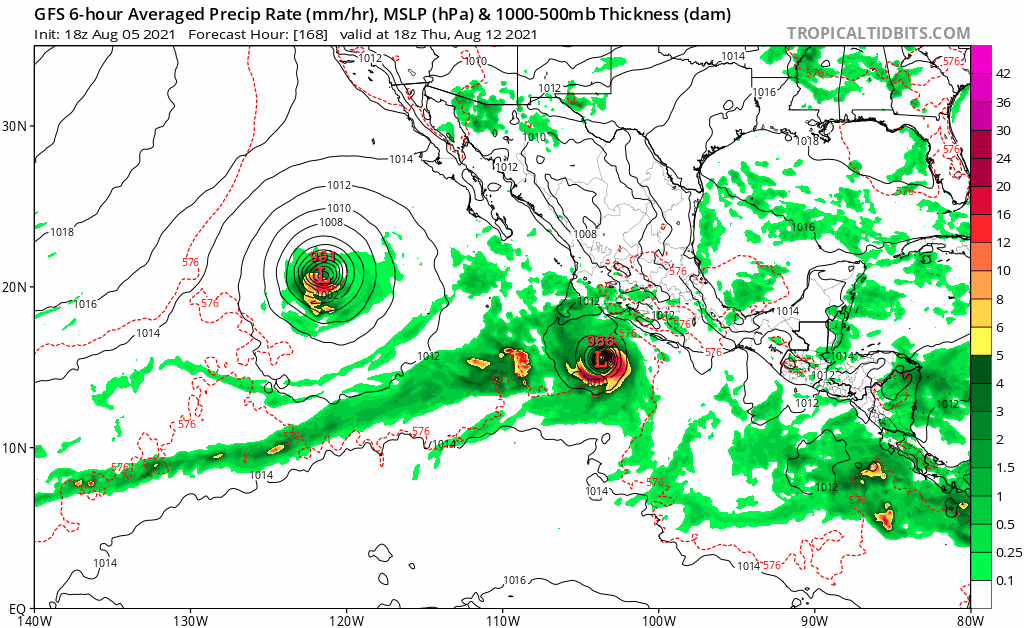Kingarabian wrote:The reasoning behind the models for continued EPAC activity is becoming clear with the time frame coming in. Seems that they're installing a temporarily American standing wave. Despite the hostile indicators in place such as a -ENSO/-PM/-PDO, this standing wave can allow extended EPAC activity. Something sorta similar happened in 2016 and 2017. I'll believe it if we do get four named systems over the next 2 weeks.
Okay let's back up here because 1) I've implied otherwise earlier in the thread and 2) I've wanted to explain my current point for a few weeks.

This is the 30 day anomaly map. Notice a -VP anomaly from 120-150W, which is probably too far west to have a huge impact at least in a positive light, as well as a +VP anomaly near Central American meaning a weaker monsoon.

1977 (and some other 70s seasons) had a somewhat similar -VP setup in the Pacific to the last 30 days and a +VP setup near Central America.

1982-1994 (excluding 1988-89) all to varying strengths had a -VP near the Americas that enhanced the monsoon. This is what I'm referring to when I mean the American standing wave. Also of note is how dry Africa is.

After 1995-1997, the ASW seemed to retreat as conditions moved towards the Atlantic. A rising cell has been present for most of the years since then over the EPAC but with little activity to show for it, I'm not sure what good it did. This is also not an American standing wave and I'm not really convinced it's helped the basin at all. Maybe it has displaced genesis to the north or northwest, which has limited the potential of long tracked storms at least without a +PMM.

Now here is 2016/17. Similar setup. Perhaps the +PMM allowed the EPAC rising cell to be taking advantage of.



















